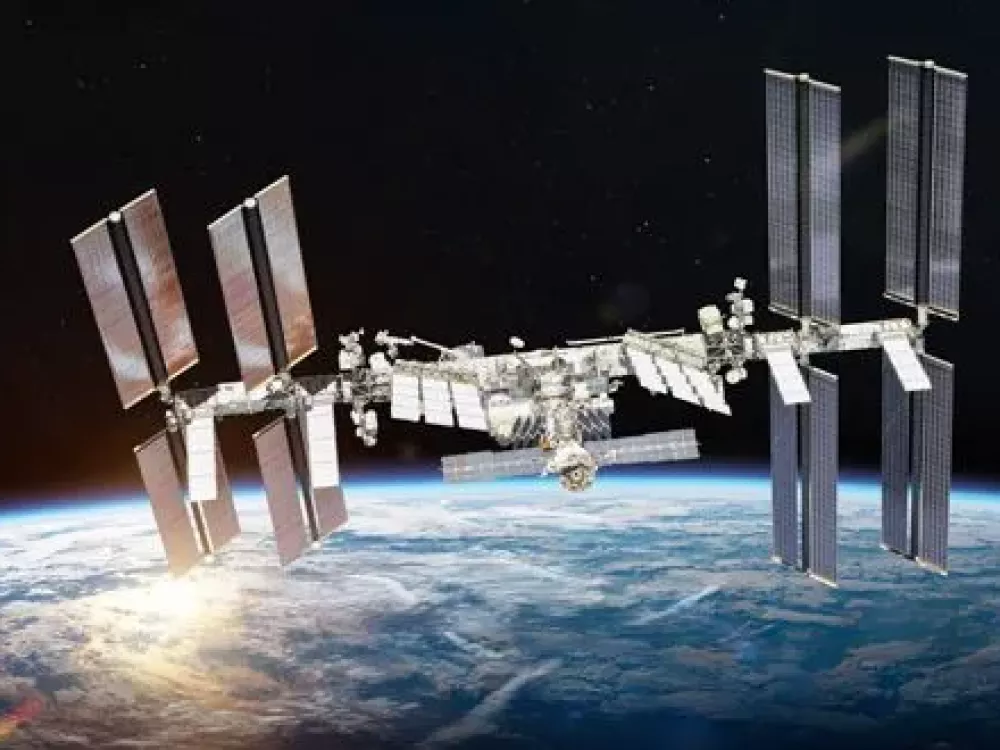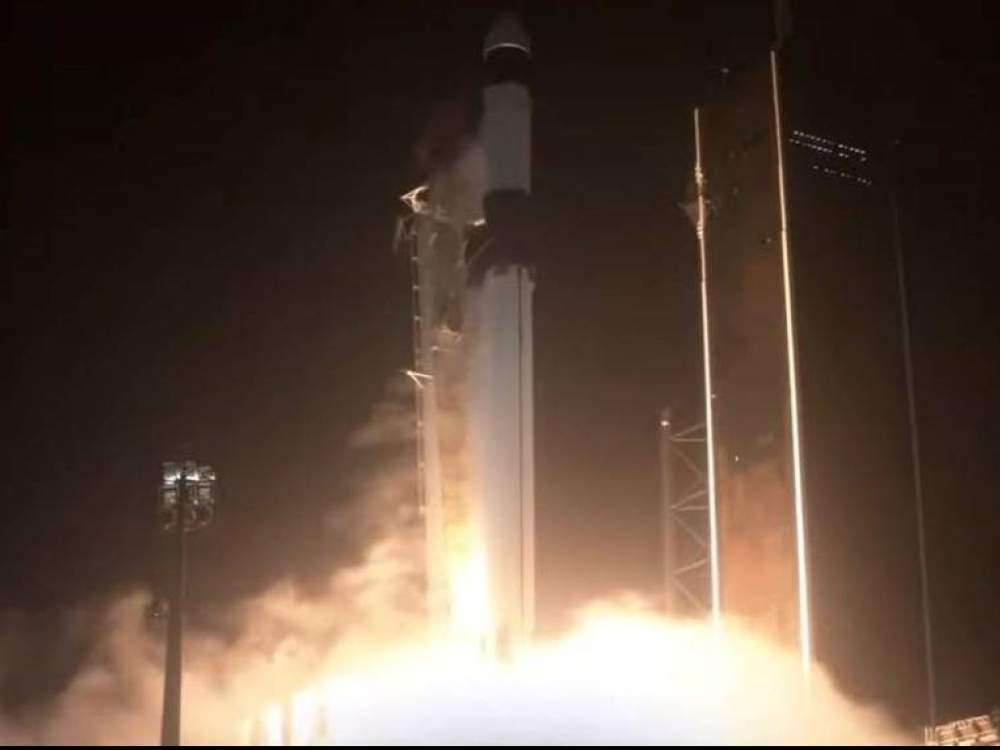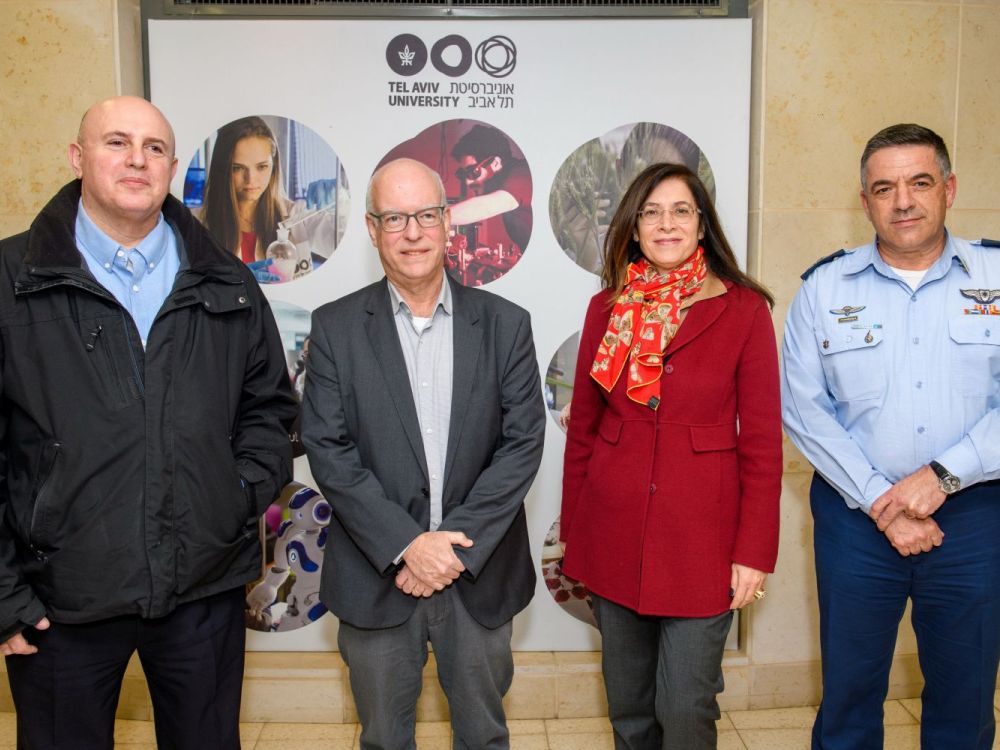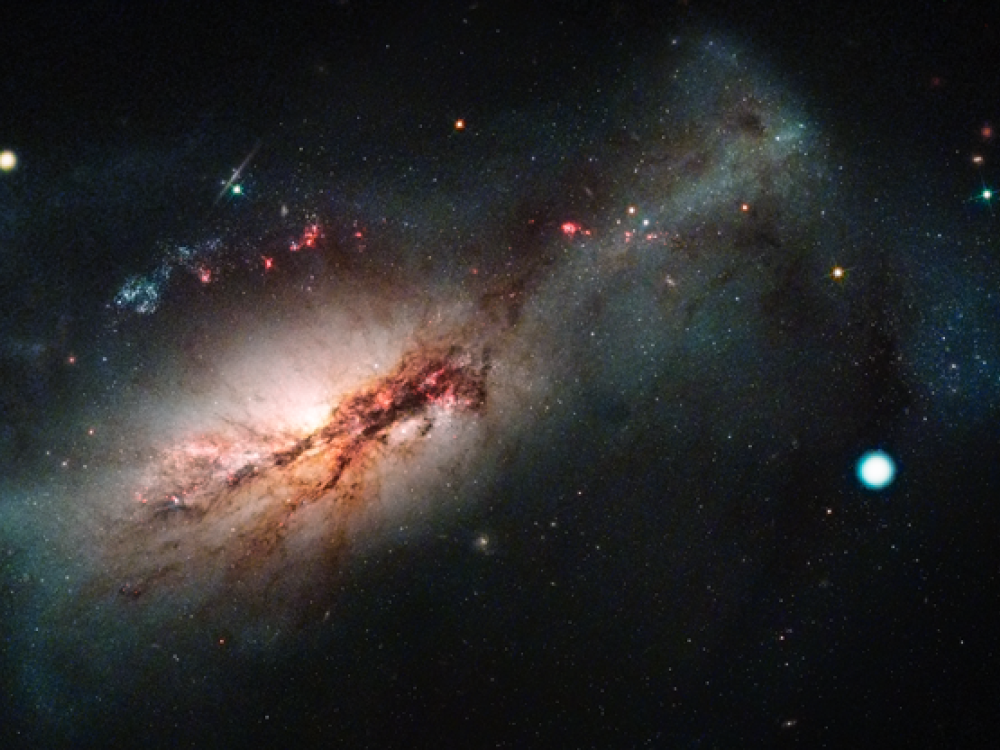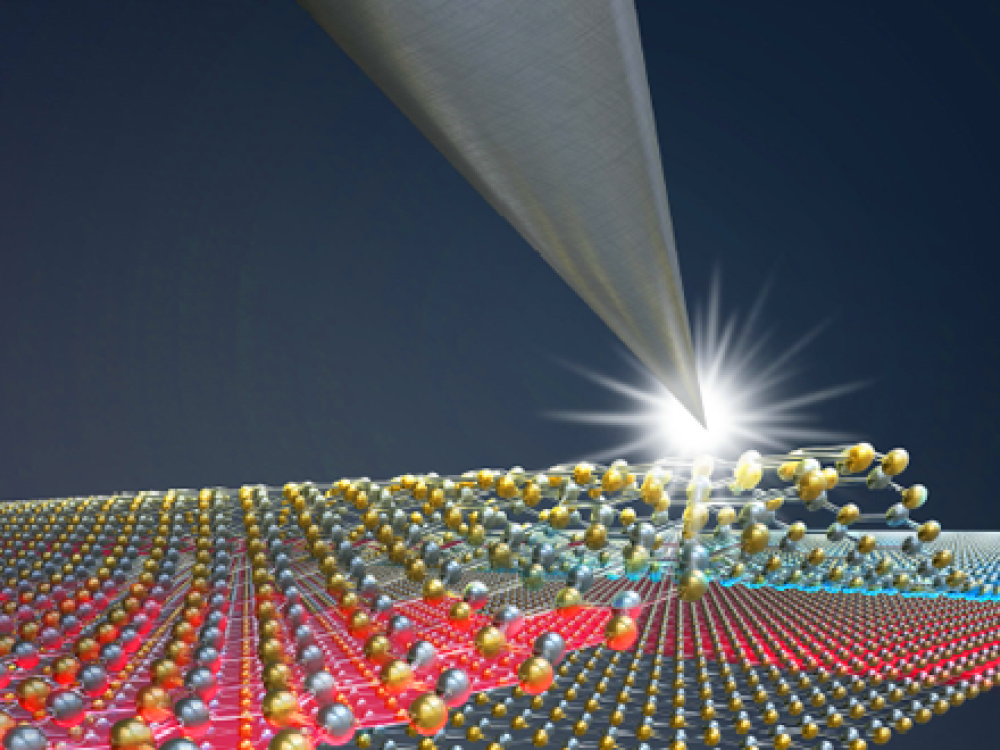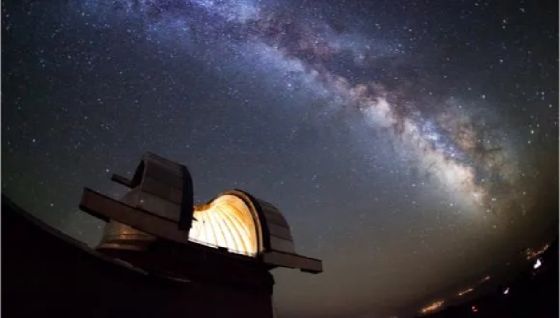
Out of This World
A new star and satellite observatory is currently being set up on the roof of TAU’s Shenkar building, and is set to become one of the most sophisticated labs in the world.
If you’d like to take a look at the positioning of the receivers at the International Space Station or see how TAU’s own Nano-satellite, TAU SAT-1 (which has been orbiting the Earth for almost a year now) is doing, we’re here to tell you that you will soon be able to do so. A new state-of-the-art optical ground station is currently being built on the roof of Raymond & Beverly Sackler School of Physics & Astronomy. The new optical ground station will allow us to observe tiny details far above us.
The optical ground station will be used for advanced communication with satellites and other spacecraft and tracking of relatively close-up celestial bodies, but also stars that are millions of light-years away. At a later stage, the station will serve as a tool for quantum encryption in space, one that will allow us to best encrypt any type of information.
Moments before the most sophisticated telescope in Israel will be installed here at Tel Aviv University, we met with Prof. Yaron Oz, Head of the Quantum Center; Prof. Haim Suchowski from the School of Physics and Astronomy, and Michael Tzukran, a professional astronomy photographer who will be operating the new station, for a light conversation about, you know, the usual: quantum optical communication, space photography and surprise meetings that would lead to groundbreaking projects.
Prof. Suchowski’s department, together with the University’s Engineering and Maintenance Division and partial funding from the Quantum Center, are currently working on making the Tel Aviv University campus free of celestial light pollution. This is a side-project that was born in conjunction with the construction of the new observation station. In the coming months, all polluting lighting on campus will be replaced with ecological lighting fixtures, making Tel Aviv University the first University in Israel to be free of light pollution.
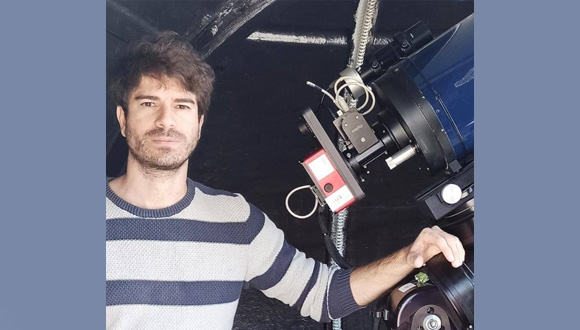
Where it all started: Michael Tzukran in the old observatory on the roof of the Shenkar building the non-linear interaction of light with various materials in nature. In recent years, I’ve also been involved in the intensive activities at the Nano-Satellite Center and the new Quantum Center that have started operating on campus. What we’re dealing with on the roof these days is a combination of all these things,” he explains.
“The field of space once ‘belonged’ exclusively to NASA and very specific bodies, such as the aerospace industry in the case of Israel. Today, even high school students can send satellites into space,” explains Suchowski. “The New Space Revolution allows private companies to send and operate relatively affordable Nano-satellites into space and has changed our lives. Over the past 15 years, universities have been sending their own Nano-satellites as well.”
The University’s own Nano-satellite, TAU SAT-1, was devised, developed, assembled and tested under the leadership of Dr. Meir Ariel, Dr. Ofer Amrani of The Iby and Aladar Fleischman Faculty of Engineering and Prof. Colin Price of the Porter School of the Environment and Earth Sciences. The satellite, which carries scientific experiments, was launched about a year ago.
Up until now, the project has consisted in building a standard radio communication ground station to communicate with the launched satellite. According to Suchowski, one of the next projects will be to create optical communication through space, and thereafter quantum optical communication through space, which is a new and evolving field.
Quantum-Encrypted Communication Satellites
Information encryption is an essential subject with many applied meanings, and quantum mechanics is changing the rules of the game in this regard.
“Today, we encrypt our information based on complex mathematical algorithms, and assume that computers will take a long time to solve these problems and therefore the information is secure,” explains Prof. Yaron Oz, Chairman of the Tel Aviv University Quantum Science and Technology Center. “Quantum computers, however, are based on a different computational paradigm and can change the picture. Decomposing an integer into its primary factors – the complexity of which protects encryption algorithms that are widely used today – will be quickly solved by a quantum computer. Therefore, it is important to depict what the encrypted methods will be in the age of quantum computers.”
“Quantum systems have exceptional encrypted information transfer capabilities due to the fact that quantum mechanics do not allow information to be copied. Any attempt to copy or modify it destroys the original information. As a result, a quantum communication line is completely safe from eavesdropping. Transmitting a cipher key in a quantum communication network is completely secure, and indeed quantum optical encryption already exists via fiber optics,” he says.
Today, this type of encryption is possible, but limited to a distance of 150-200 km. Prof. Oz tells us that such communication networks already aid financial sectors in Switzerland. However, the transfer of information between continents (for example from New York to London) in this way is not yet possible.
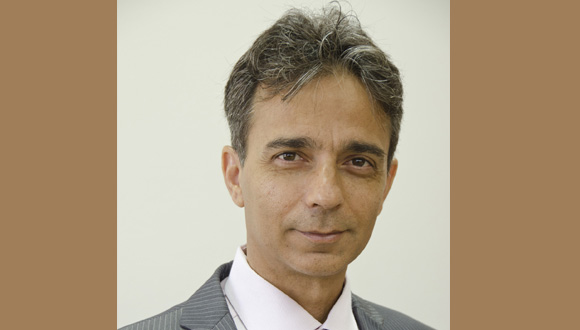
Prof. Yaron Oz
Prof. Oz explains that in Israel there’s an understanding of the need to move in the direction of encrypting information on a satellite quantum communications network, and here at Tel Aviv University we have decided to take steps at the operational and research level. The new lab with the telescope on the roof is thereby about to take part in the future satellite project of the Nano-Satellite center.
With the help of various bodies here at TAU, the Quantum Center in particular, and with the support of Prof Erez Etzion, Head of the School of Physics and Astronomy, budget and space was ensured to build the advanced observatory and buy the massive equipment. With a telescope with a 24-inch mirror, the precise and huge robot will be able to track stars, galaxies, nebulae and other bodies. The robot, which weighs 300 kg, can move at an angular speed of up to 50 degrees per second and accurately track moving satellites at low altitudes, as well as lower flying aircraft. “We are already doing preliminary experiments in optical communication. With the level of accuracy of the new telescope we’ll be the only ones in Israel with such equipment,” promises Prof. Suchowski.

The construction of the new ground station, as documented in Michael Tzukran’s Instagram account
The Stargazer
Quite by chance, another actor entered the picture and helped Prof. Suchowski leverage the idea into practice: Michael Tzukran, a world expert in astronomical and satellite photography and research observatory construction consultant.
“As a seasoned astronomy photographer, I wanted to challenge myself and photograph the International Space Station. I needed an open roof close to the space station’s orbit as it passes over the skies of Israel. And so I simply asked whether it could be done here.” Tzukran brought his own equipment and took one of the most detailed photos ever taken of the space station from Earth. During the photography, the space station was flying at a speed of close to 28,000 km per hour. No big deal.
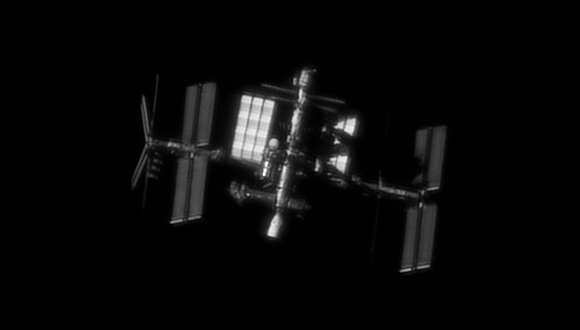
Passing at a speed of close to 28,000 km/h. The space station, photographed by Michael Tzukran
Michael’s specialty is to adjust and control the sophisticated robot, monitor the satellites and photograph them according to requests from researchers. With the new equipment, he plans to document satellites like they’ve never been observed before from Earth.
Prof. Ady Arie from the Faculty of Engineering and doctoral students Dolev Bashi, Georgi Gary Rosenman, Yonatan Piasetski, Sahar Shahaf, Tomer Nahum and Yuval Reches are also working on the establishment of the technological system for laboratory quantum optical communication.
Prof. Suchowski estimates that various industries, such as security and other universities, will be interested in using the new platform in the future: “This is a national resource. I believe it will become instrumental in promoting applied and basic research in Israel and the world,” he concludes.
Related posts


